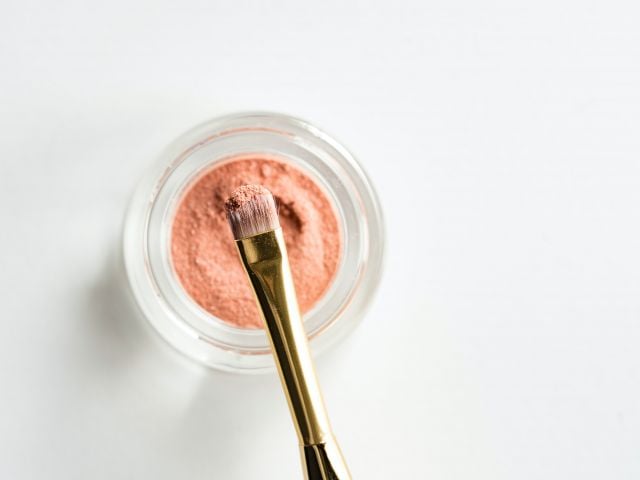Cancer prevention starts with a healthy lifestyle. That means not smoking or using tobacco products, eating a healthy diet, getting regular physical activity, practicing safe sex and getting appropriate vaccinations.
Don't forget that your environment also plays an important role. Here are some simple actions you can take in and around your home to help reduce your family's risk of cancer.
1. Protect yourself from the sun
Clothing - shirts, hats and pants - and sunscreen can help protect your skin from the sun's ultraviolet rays. These precautions are especially important when the sun is high in the sky and most intense. EWG's sunscreen guide can help you find safe, effective products.
2. Keep a clean home
Dust is a reservoir for many toxic chemicals and can be a source of exposure, particularly for children who spend a lot of time on or close to the floor and often put their hands in their mouths. Regular cleaning with a HEPA filter vacuum cleaner and dusting in a way that removes dust, rather than stirring it up, can reduce indoor exposures. In older buildings, lead paint, asbestos-containing materials (flooring and insulation) and older electrical equipment can pose risks. Lead and asbestos removal should only be done with extreme caution and by a professional.
3. Find alternatives to pesticides
Pesticides have been linked to a variety of cancers including prostate, leukemia, lymphoma, and childhood cancers. Control insects by not leaving food out and cleaning up crumbs or spills, keeping your home dry (using a dehumidifier if you have a basement) and keeping the foundation clear of dirt, plants and debris. Mulch, landscaping fabrics and homemade solutions of vinegar and/or soap are good ways to suppress weeds without using chemicals.
4. Keep indoor air clean
When you tackle a home improvement project, use products made without volatile organic compounds such as low-VOC paints and keep work areas well ventilated. Avoid laminates and other composite wood products that contain formaldehyde. Air pollution from fireplaces and wood-burning stoves can also be a serious issue. Choose clean-burning stoves or inserts and make sure they are properly ventilated, with no leaks in the chimney or exhaust pipes. Finally, you shouldn't ever smoke, but certainly don't do it in your home.
5. Filter drinking water
Tap water can contain low levels of metals, pesticides, pharmaceuticals, nitrates and disinfection by-products (chemicals formed when the chlorine utilities use to treat water reacts with organic material). Simple carbon filters can remove many of these contaminants. If arsenic or nitrates are a major concern, consider more expensive options such as reverse osmosis filters or distillation.
6. Look for alternatives to harsh cleaners
Solutions of soap or vinegar in water can be simple and effective cleaners. EWG's cleaners guide can help identify less toxic products on the market.
7. Check for radon
Radon, a naturally occurring gas that can seep into your house from the ground, is a known carcinogen. Professional radon testing and commercial kits are readily available.
8. Cook clean
Today's non-stick cookware is much improved, but it doesn't last forever. Scratched or worn cookware can release toxic chemicals into your food and air, as can pre-heating non-stick cookware at high temperatures. Don't heat food or drinks in plastic containers; they can leach chemicals into your food. And be aware that charring meat, especially red meat, can produce cancer-causing chemicals known as heterocyclic amines.
9. Check for mold
Mold is toxic to your health and your home. It can be a sign of excessive moisture. In addition to being a cancer hazard, the toxins produced by mold can cause serious acute and chronic respiratory disease.
10. Be mindful of personal-care products and medicines
The ingredients in personal-care products are largely unregulated and can contain known carcinogens such as formaldehyde and endocrinedisrupting chemicals such as phthalates and parabens. EWG's Skin Deep® can help you find products without these problematic chemicals. Estrogen-promoting medications, including hormone replacement therapy and oral contraceptives, have been linked to small increases in the risk of breast cancer. You should carefully consider the risks and benefits with your doctor.


